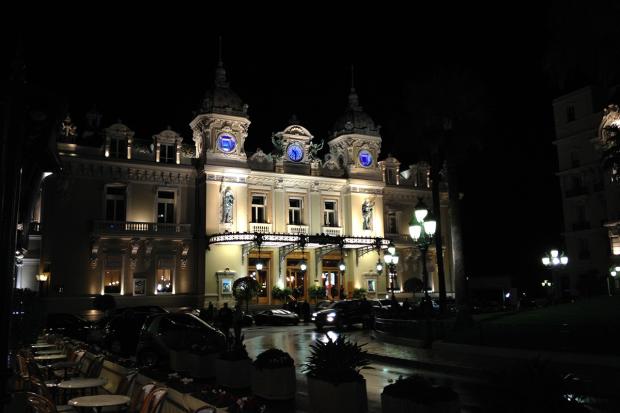
Not long ago, the former principal of a Formula One team was interviewed for an article about drivers’ contracts. The conversation turned to the fact that many of them take advantage of certain places’ relaxed attitudes to income tax.
“It makes you wonder,” he said, “exactly how much these people need. There isn’t an amount in the world, for example, that would get me to live in Monaco.”
I recently visited the Principality for the first time, and I will admit that I could see his point. Much of it was covered with high-rise flats – all of which, no doubt, cost several million Euros each – and it seemed that the rest was a building site.

Here and there were hints of how Monaco must have been 50 or 60 years ago. Across the harbour, for example, along from the Grimaldi palace, stands a collection of elegant older houses, looking down over the vast yachts.
Whatever the place’s aesthetic shortcomings, for a motorsport fan it is somewhere that you simply have to visit.
After dinner, therefore, I ignored the fact that it was 11pm, raining and windy, and set off to walk the famous circuit.









